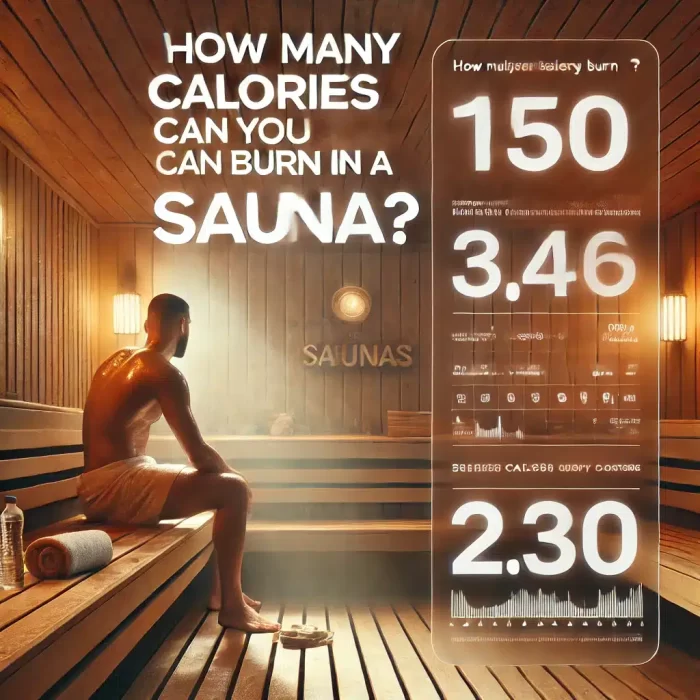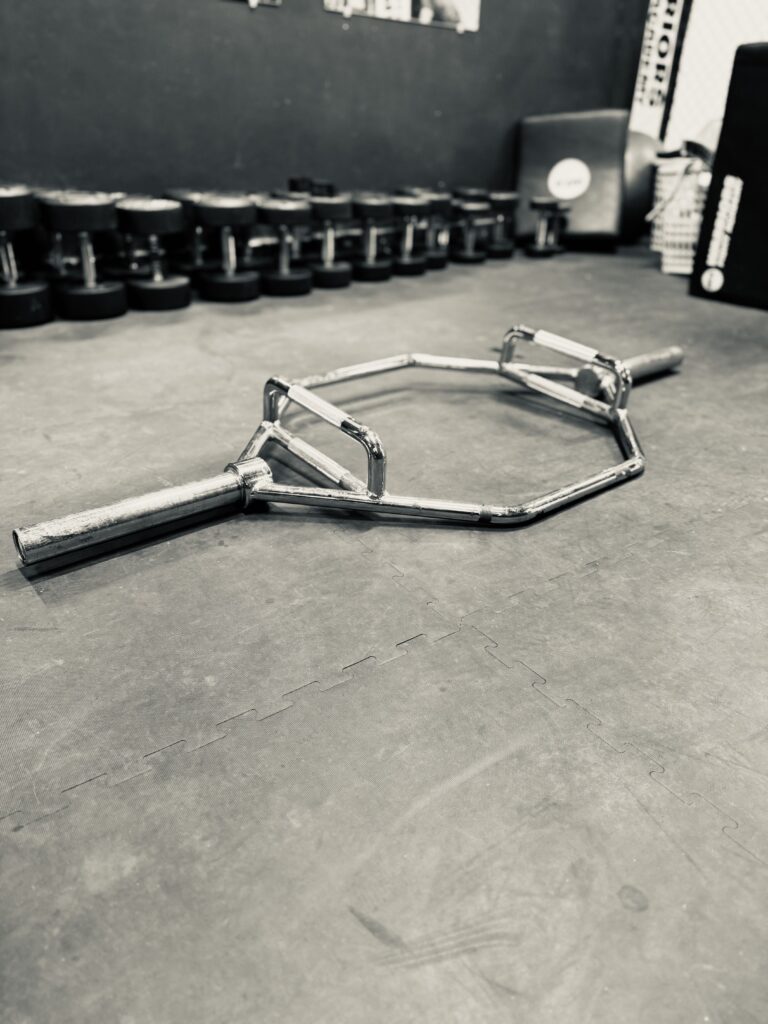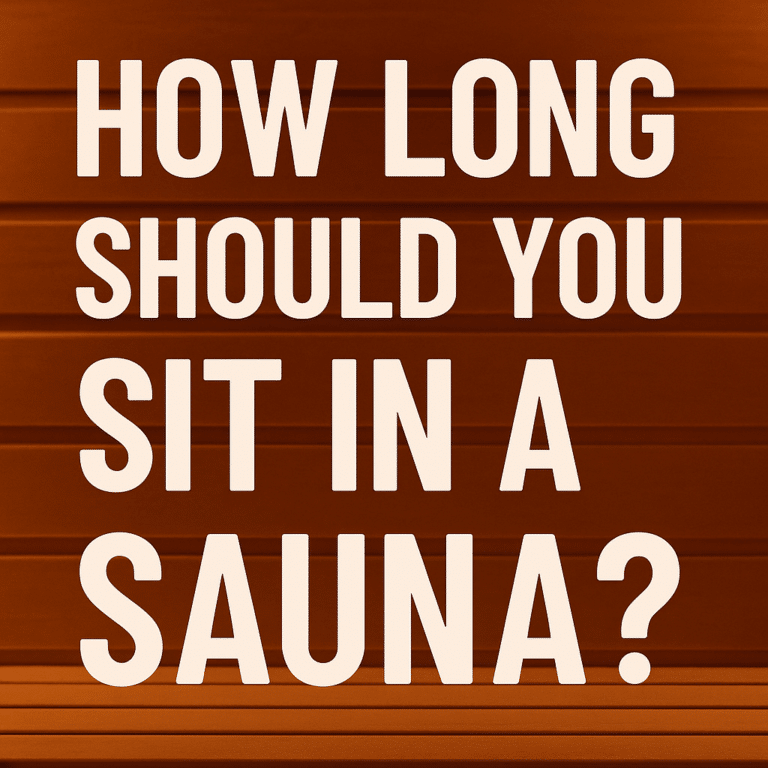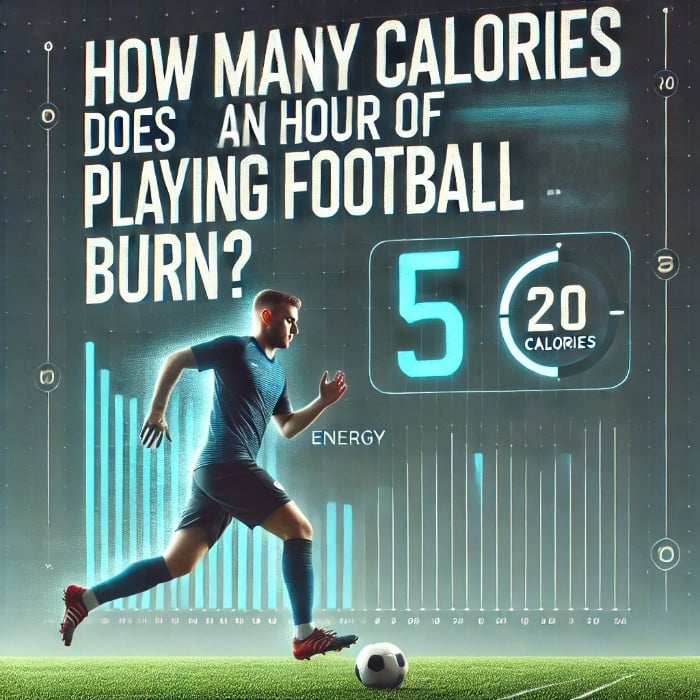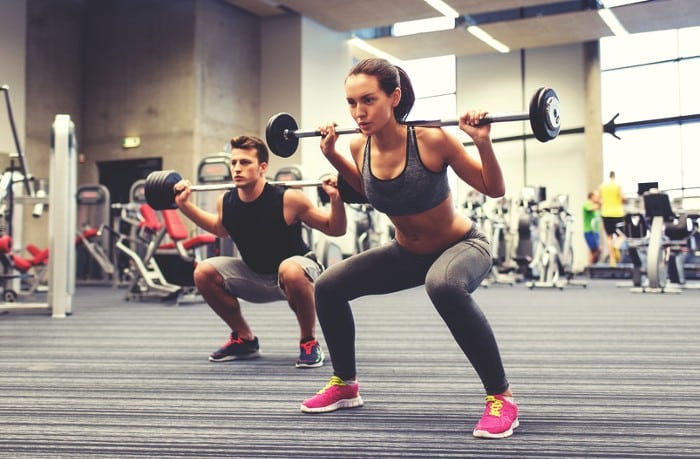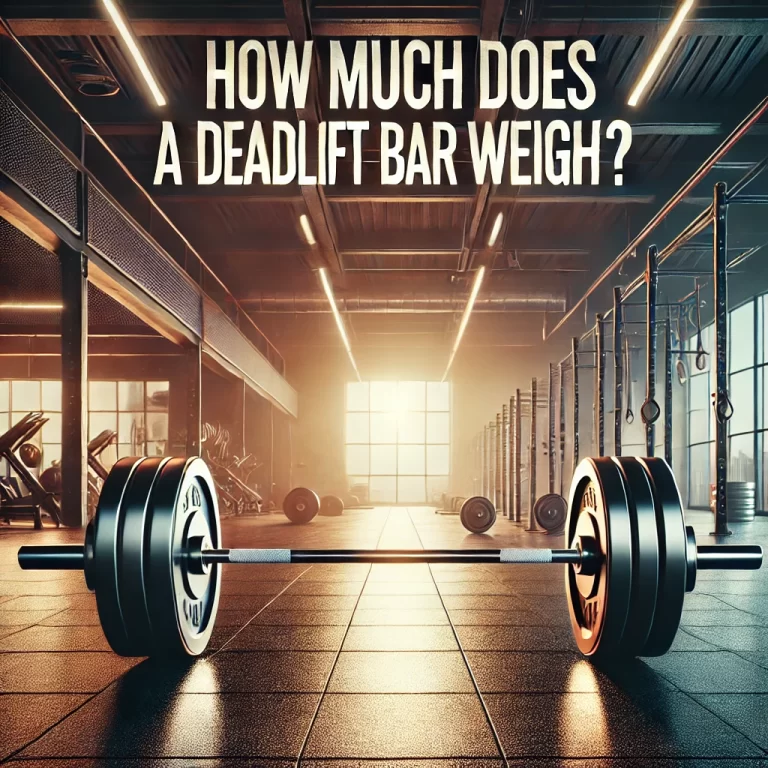How Many Calories Can You Burn in a Sauna? The Sweaty Truth
Now let us establish the scenario.
After an intensive workout, your legs are wobbly, your shirt is clinging to your skin, and your breath still seems a touch heavy from that last push. You ground it. You notice the soft hiss of the sauna door opening on the way out, and the surge of dry, golden heat strikes you. You stop now. Part of you simply wants to lounge in the warmth and savor that post-workout surge. Still another area of your wonder, though. “Does this accomplish anything but cause me to perspire?”
More precisely: “Can I burn additional calories just by sitting in there?
That question is exactly what drives both newcomers and experienced fitness enthusiasts into a rabbit hole of inquiry. Although they are all over the place, the internet contains answers. One site states three hundred calories. Another claim is that all loss is water loss. A third just leaves you wondering with a photo of a shredded person in a towel.
We will straighten out the record.
None of the fluff. There are no miraculous bullets promised. Just a thorough, honest assessment of whether the sauna aids in calorie burning, how it stacks against other hobbies, and what else you might be getting out of those sweating sessions.
First of all: Why People Think Saunas Burn Calories
This concept did not evolve out of thin air.
To be honest, your body undergoes something while seated in a sauna. Within minutes you begin to perspire buckets. Your pulse rate rises, your breathing changes, and you feel as if your body is working nonstop simply to keep cool. That is not a lazy seat. Though you hardly move at all, it seems busy.
And that is when the whole “calorie burning” debate begins. In fitness, we are taught to see effort as equivalent to calories burned. And although that’s not wrong, it is rather more complex than that. Your sweating does not indicate you are burning fat. Still, sweating indicates that your body is working—and anything that stimulates your systems could raise energy consumption.
Indeed, when you feel as though you just raced a mile seated down? Your imagination is not involved here. Your body is operating as it should. It’s simply not working like it does during activity.
The Calorie Burn: What Science Says
Alright now let us review the figures.
Studies reveal that sauna use might somewhat raise the calorie burn of your body above your typical resting metabolic rate (RMR). Based on the temperature and length of time, most calculations indicate you might burn 1.5 to 2 times your average resting calories.
To put that in some perspective, sitting in a sauna might raise your RMR from about 80 calories per hour to anywhere between 120 and 160 calories. At first sounds little, but over time it becomes rather more fascinating when you break that down.
- Fifteen minutes in a sauna equals about thirty to forty calories.
- Thirty minutes equate to roughly 60–80 calories.
- 45 minutes could equate to possibly 90–120 calories.
These are average numbers, of course. Your body type, degree of fitness, and sauna conditions can cause these figures to vary somewhat up or down. Not even at the higher end, though, are we discussing “burn 500 calories while chilling” levels. It more resembles a modest bonus than a game-changing event.
Still, you can passively burn any calories while seated still? That’s not small at all.
Why the Sweat Doesn’t Equal Fat Loss
Here is the bit that causes people trouble.
You enter a sauna, weigh yourself, settle down for thirty minutes, come out covered, then step on the scale once more—bam, down a pound. You feel tighter, lighter, perhaps even slighter. Feels as though magic is happening.
Most of the weight, though, is Simply said, it’s water.
Your body cools by sweating, not by losing weight. Your blood vessels dilate in the heat and your sweat glands secrete fluid to lower core temperature. Mostly water and electrolytes, that fluid contains no fat.
Therefore, even if seeing a smaller number on the scale following a sauna may feel good, it is not the kind of weight loss that stays. Those pounds return at the instant you sip a glass of water and rehydrate.
That does not make the sauna ineffective. far from it. To be clear, though, perspiration is not equal to fat loss. If your long-term fat loss is your aim, the actual effort still resides in food management, consistent over-time maintenance, and regular workout.
Variables That Change Your Sauna Calorie Burn
Not every sauna session is made exactly like another The way you set up your workout and mix personal elements will determine how many calories you burn. Even in the same sauna, some persons may burn more than others, at the same moment.
These elements influence your burn:
1. Body Size and Composition
Bigger people burn more calories at rest by default. If you weigh more, even at rest, your body must work harder merely to operate. That translates also to sauna treatments. Your body spends more energy preserving thermal equilibrium the more mass it has to control.
2. Time Spent in the Heat
Longer workouts equal more calories burned, hence it seems clear but still important. Remember, too, that more is not necessarily better. Extended stay in the sauna might cause fainting, dehydration, or even vertigo. Depending on tolerance, most doctors advise keeping to 15 to 30 minute sessions.
3. Temperature and Type of Sauna
An infrared sauna at 130°F is somewhat different from a dry sauna set at 190°F. Usually hotter and resulting in faster sweating and greater heart rate reactions, traditional Finnish-style saunas Although they run at a lower heat, infrared saunas some claim produce a distinct type of intensity by penetrating deeper into the tissue.
4. Fitness Level
Your body’s handling of heat depends in part on your degree of fitness. Fitter people often have more efficient thermoregulation, so their heart rate might not rise as much and they might sweat sooner and more regularly. This might somewhat reduce the calorie expenditure during a workout and improve recuperation.
These elements suggest your sauna calorie burn falls more within a range than a set figure. Still, the other advantages might be the true motivation for showing up even if the burn is little.
Can Saunas Help With Weight Loss?
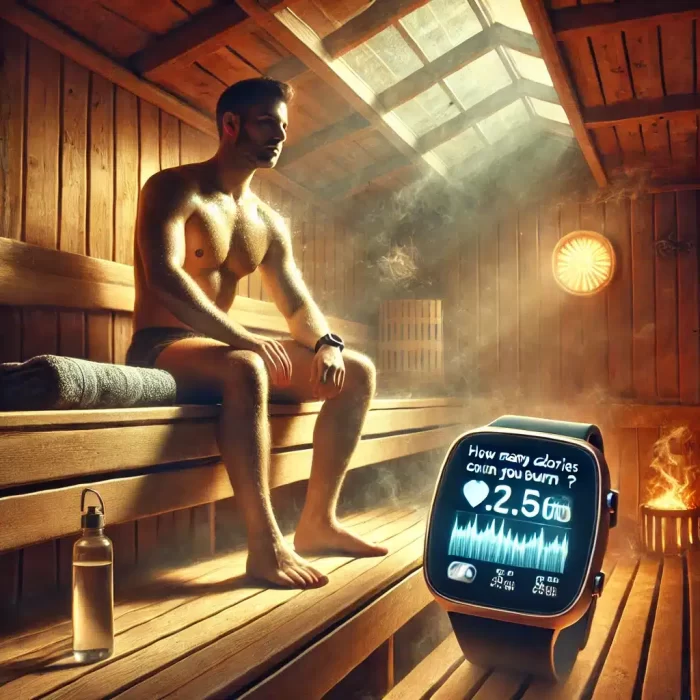
To be honest, nobody is having six-pack abs by sauna sitting.
Having said that, saunas can be a little but significant part of your path towards general fitness. Not by burning hundreds of calories but by helping the mechanisms behind weight loss.
Here’s how:
1. Reduces Cortisol and Stress
Stress is a sneaky fat-gainer. High cortisol levels increase cravings, mess with sleep, and cause the body to hold onto fat—especially in the belly. Sauna use helps calm the nervous system, lowering stress and creating a hormonal environment that supports weight loss.
2. Boosts Sleep Quality
Bad sleep causes loss of fat. Your hunger hormones surge one terrible night; your energy sinks and your motivation declines. Particularly in the evening, sauna treatments can provide great relaxation and enable your body to enter a deeper, more restful slumber.
3. Aids Recovery So You Can Train More
Imagine lifting on Monday and feeling sore until Thursday. Imagine now that Monday night your sauna is ready by Wednesday. Your week has one more training day. Those extra sessions increase your overall calorie burn over time, therefore affecting your outcomes.
Therefore, the sauna keeps your body ready to burn more at the gym even though it is not actively shredding fat. That comes out to be rather cumulative.
Comparing Sauna to Other Calorie Burners
Let’s contrast the sauna with some conventional calorie-burning exercises to truly grasp where it belongs. A thirty-minute workout for someone weighing roughly 160 pounds looks like this:
| Activity | Calories Burned |
|---|---|
| Sauna (dry, 30 mins) | 60–80 |
| Walking (3.5 mph) | 120–140 |
| Moderate weight lifting | 180–220 |
| Jogging (5 mph) | 240–300 |
| Cycling (moderate pace) | 210–250 |
Yes, the sauna won’t be able to rival your deadlift or morning run. But then stack it following those events? Burning calories while assisting in recovery and relaxation makes for a great benefit.
Does Sweating More Mean You’re Fitter?
Not usually.
There are some thick sweaters among us. Some hardly sparkle even during aerobics. Sweat is only how your body cools; it is not a universal fitness gauge.
Your increased sweating may result from:
- Higher degrees of temperature or humidity
- More deliberate effort
- Inheritance in Genetics
- Water level of hydration
- Choosing clothes
Therefore, relax if the sauna towel of your friend is drenched and yours isn’t. It does not follow that they are burning more calories—or fitter than you. Everybody is unique. < More important is your recovery and attitude.
Other Health Benefits of Using a Sauna
Apart from calories, saunas provide actual, scientifically supported advantages beyond only weight loss. They are most likely the finest excuses to include sauna visits into your weekly schedule.
1. Improves Heart Health
Regular sauna use has been linked in studies to lower blood pressure, lessen the risk of heart disease, and increase general circulation. That’s rather significant, particularly for people with a family history of heart disease or sedentary careers.
2. Promotes Muscle Recovery
Heat helps remove lactic acid, releases stiff muscles, and increases blood flow. Less soreness, quicker recovery, and a reduced risk of injury when you hit your next workout following this.
3. Boosts Immune Function
By encouraging the synthesis of white blood cells, sauna use may improve your immunological response. Less sick days thus more consistency in your training.
4. Mental Clarity and Mood Boost
That silence, undisturbed in the heat? It’s contemplative. Saunas increase endorphins, the “feel-good” hormones that can help fight low mood, tension, and anxiety. You leave not only looser but also psychologically lighter.
Indeed, the calorie burn is only the garnish on top. Deeper advantages are hormonal, emotional, and physical ones. It’s similar to therapy. Opposite 180 degrees.
Is It Worth Adding Sauna to Your Routine?
If you indeed have access to one—absolutely.
Though it’s one of the best support tools you might have, the sauna shouldn’t replace daily exercise. It facilitates relaxation, faster recovery, deeper sleep, and even sideburn of a few passive calories.
Try 15 to 30 minutes two to four times a week. Go in hydrated, come out gently, and utilize that time to relax, meditate, or just cut off from the noise of life.
There is no magic about it. But, when used regularly? It could feel like way.
A Quick Note on Safety
A gentle reminder: the sauna isn’t for everyone, hence even professionals should be wise about it before we call it finished.
- Drink plenty both before and after.
- Start small; if you are new, ten minutes at a time is reasonable.
- Steer clear if you are ill, lightheaded, or pregnant without a doctor’s permission.
- Pay attention to your body; if something seems weird, get out and cool off.
The real advantages of sauna use come from treating your body with respect.
Final Thoughts: So, How Many Calories Do You Burn in a Sauna?
Let’s gather everything.
Depending on your body type, degree of exercise, and surroundings, you will probably burn anywhere from 30 to 80 calories if you are spending 15 to 30 minutes sitting in a sauna. Perhaps more, perhaps less—but that is the honest spectrum.
Is that sufficient to cause weight loss on its alone? Not one.
Is a wise routine’s solid bonus something? Surely.
More importantly, though, the sauna assists you: not only with calorie burning.
- Recover more quickly.
- Go deeper into sleep.
- Control your stress better.
- Be constant in your training.
And those? Real transformation is driven by them.
So yes, next time you’re choosing whether to walk into the sauna for a few minutes or head home. Assume a seat. Let the heat work for you.
Sometimes your body exactly requires you to be still and to sweat a bit.
